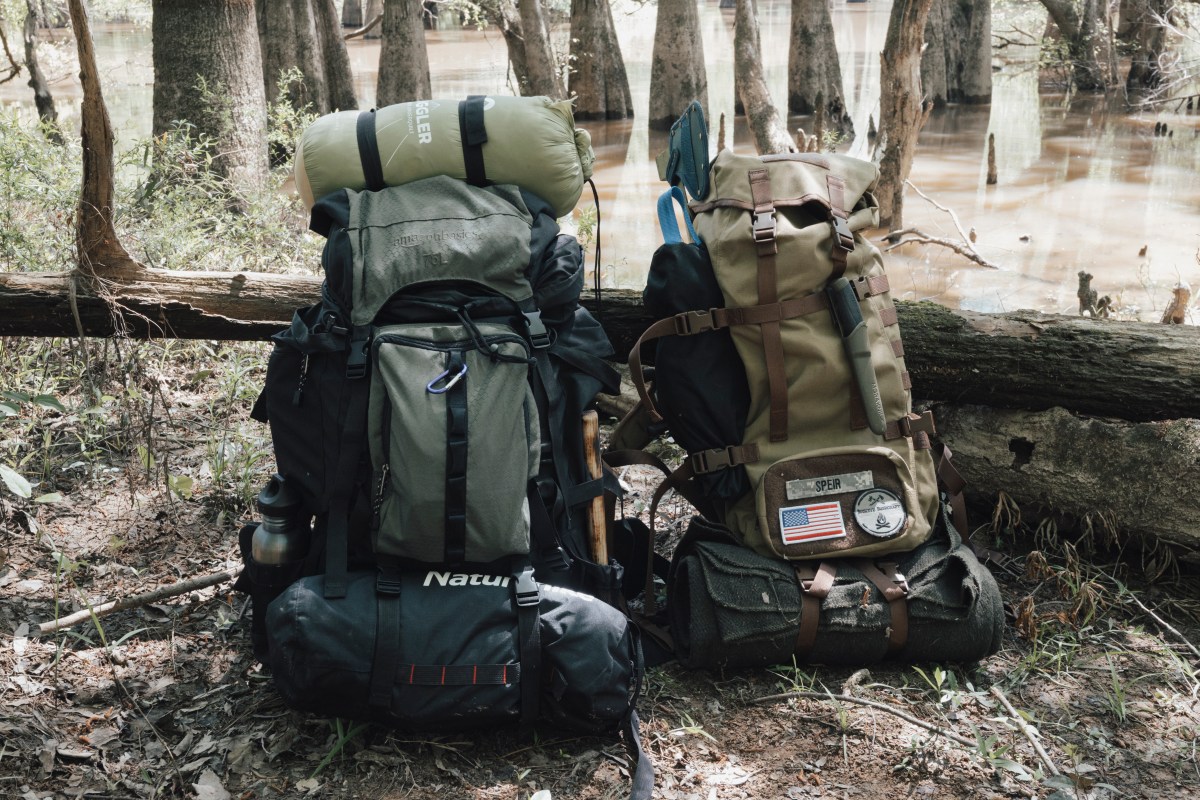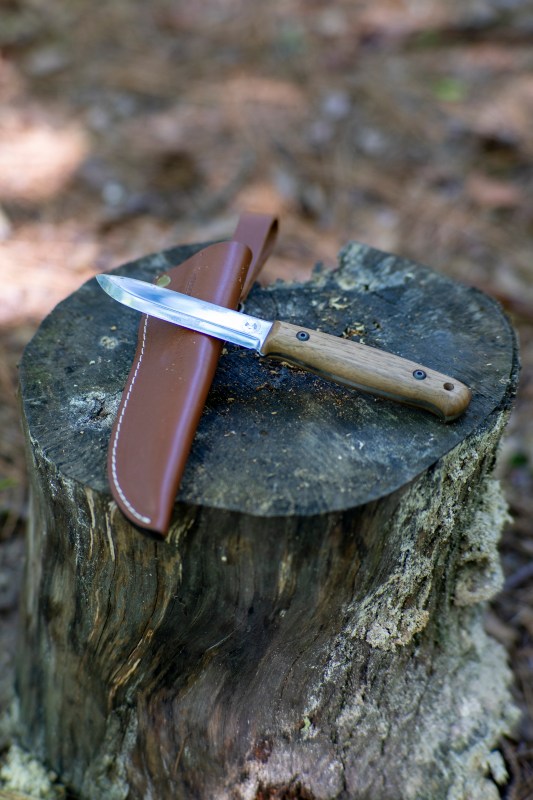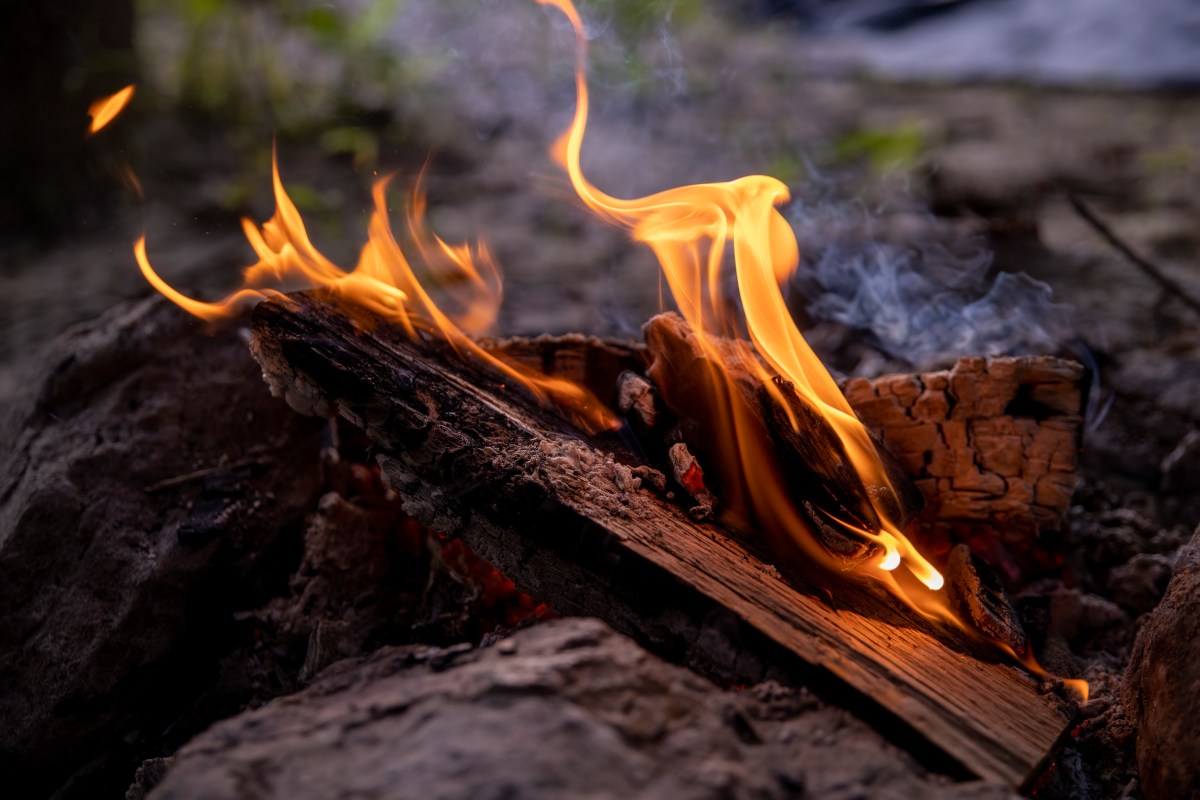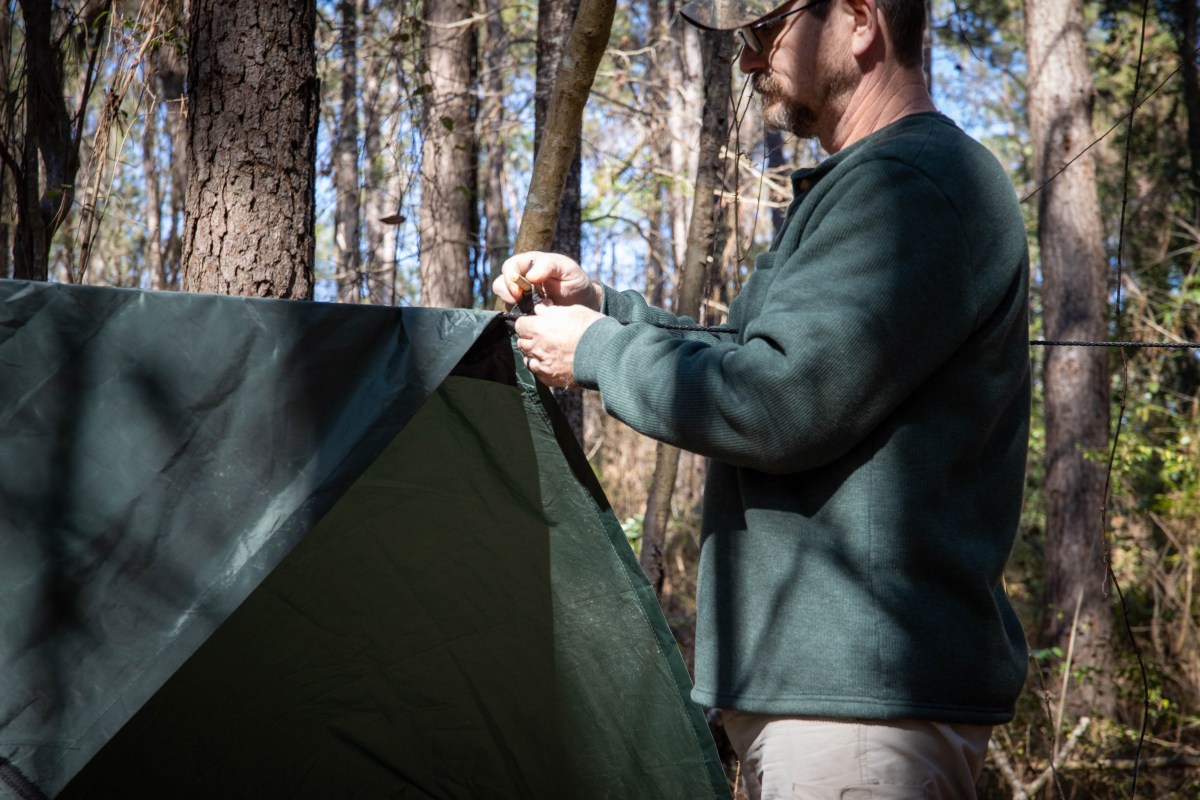
Cordage, often overlooked, is a fundamental component of any primitive camping gear.
Its versatility and utility make it an indispensable tool in the wilderness. In this blog post, we will delve into the importance of cordage, its various uses, and the types of knots employed in a primitive camping setting.
Cordage, in its simplest form, is a string or rope. In the context of primitive camping, it is much more than that. It’s a lifeline, a tool, and a means of survival. It can be used for many tasks, from setting up shelters and securing gear to fishing and even fire starting. The versatility of cordage in primitive camping cannot be overstated.

What makes cordage so important?
One of the most common uses of cordage in primitive camping is setting up shelters. A well-strung cordage can be a ridgeline for tarps or hammocks, providing a secure and comfortable shelter. It can also be used to create other structures, such as tripods for cooking or lashing together frames for more permanent shelters.
Cordage is also essential for securing gear. Whether tying down a tarp in windy conditions, hanging food away from wildlife, or strapping gear to a backpack, cordage is the go-to tool. It’s lightweight, strong, and easy to work with, making it ideal for these tasks.
In a survival situation, cordage can be used for fishing. By attaching a hook and bait, a length of cordage can be transformed into a fishing line. This can be a vital source of food when other options are scarce. Additionally, the inner strands of cordage, such as paracord, can be teased out and used as tinder for fire starting.
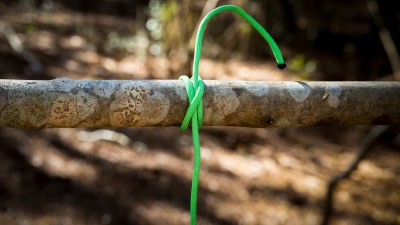
Cordage utility and various knots:
The utility of cordage in primitive camping is greatly enhanced by the ability to tie various knots. Knots can be used to join lengths of cordage, secure cordage to other objects, or create loops and hitches. Some of the most commonly used knots in primitive camping include the bowline, the clove hitch, and the taut-line hitch.
The bowline is a simple yet powerful knot.
It creates a fixed loop at the rope’s end that does not slip or bind. This knot is handy for securing a rope to a tree or post, and it’s often used in rescue scenarios.
The Clove Hitch:
On the other hand, the clove hitch is a type of knot used to attach a rope to a pole or other object. It’s quick to tie and untie, making it a popular choice for tasks that require speed and efficiency. However, it’s worth noting that the clove hitch can slip when not under load, so it’s not suitable for all situations.
The taut-line hitch
This hitch is an adjustable knot that is perfect for situations where the tension of a line needs to be adjusted frequently. It’s commonly used for securing tent guy lines, as it allows the tension of the line to be adjusted without untying the knot.
In addition to these knots, countless others can be useful in a primitive camping setting. The key is to practice tying these knots regularly so you can do it quickly and efficiently when it matters most.

When it comes to choosing cordage for primitive camping, there are several options available. Paracord is popular due to its strength, durability, and versatility. It comprises multiple strands, which can be separated and used individually in a pinch. Bank line is another excellent option. It’s a tarred twine that is resistant to rot and abrasion, making it ideal for outdoor use.
In conclusion, cordage is a vital part of any primitive camping kit. Its versatility and utility make it a tool that every camper should have. Whether setting up a shelter, securing gear, or catching dinner, cordage is up to the task. So next time you’re packing for a primitive camping trip, pack plenty of cordage. You never know when it might come in handy.

Looking for More Wilderness Wisdom?
My book, “Primitive Camping & Bushcraft: A Step-by-Step Guide to Thriving in the Great Outdoors,” is your gateway to mastering the wild. Bursting with practical advice and real-life insights, it’s an essential read for every outdoor enthusiast. Secure your copy now at https://amzn.to/3QwgVLD and unlock the art of primitive camping.
When embarking on a primitive camping journey, having the right gear can significantly enhance your experience. From essential cutting tools like knives, saws, and axes to other must-have items such as shelter, cooking equipment, and navigation tools, being properly equipped ensures you’re prepared for any challenge nature presents. Explore recommended gear for primitive camping to make the most of your outdoor adventure.




